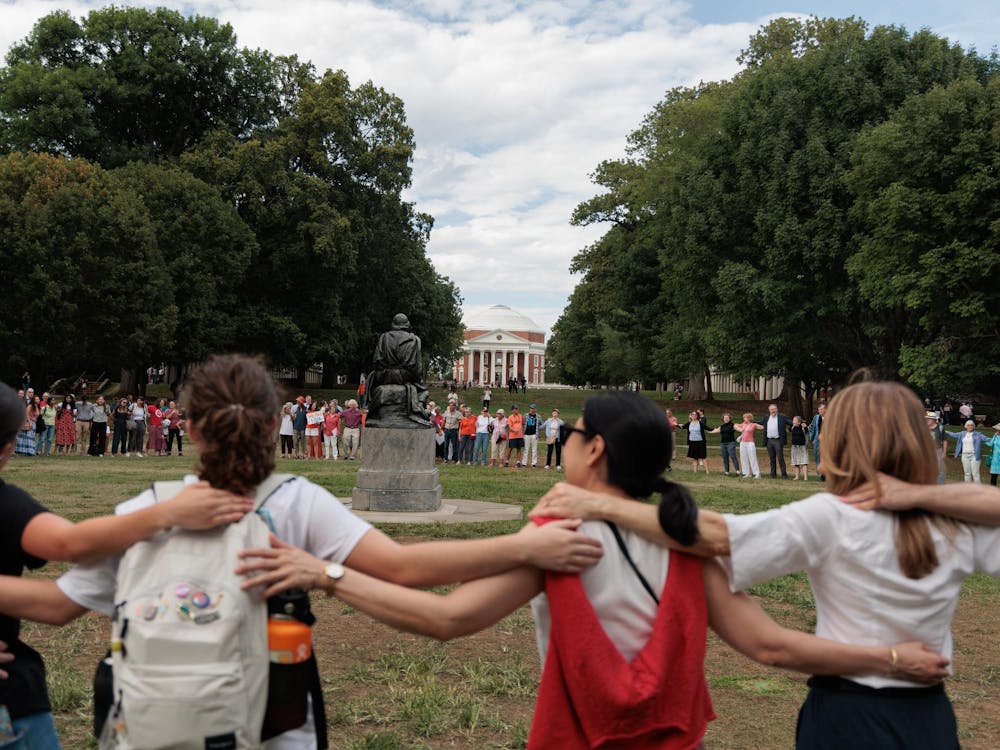In an effort to raise the standing of the University's science programs, the Board of Visitors recently approved the construction of a new science building as well as the expansion of existing plans for two additional buildings.
According to Provost Arthur Garson, the construction will provide the University with much needed research space.
"Every one of the three major schools involved in science has no space to put researchers today, so the University desperately needs space," Garson said. "What space does is it allows for people to do research and also to collaborate."
The three schools directly affected by the construction are the Medical School, the College of Arts & Sciences and the Engineering School.
One of the expansions will increase the original construction plan for the Information Technology Engineering Building to about 100,000 gross square feet. The building will be located in the parking lot behind Olsson Hall, and the expansion will cost an extra $19.6 million.
Additional expansion will involve increasing plans for the Ivy Translational Research Center to about 110,000 gross square feet for health sciences research. The expansion is expected to cost $58.3 million.
Lastly, a new Physical/Life Sciences building consisting of about 100,000 gross square feet will be built for the College near the Chemistry building at an estimated cost of $88.9 million.
To support collaboration within the new research facilities, the University plans to install wall-sized television screens for communication among scientists both locally and internationally, Garson said. He added that there are also plans to make the research space adaptable by using portable partitions in place of permanent walls.
According to John T. Casteen III, providing more research space for the sciences will help the University catch up with peer institutions.
"In the last 15 or so years, and dramatically since about 1996, our competitors have added hundreds of thousands of square feet of flexible or adaptable [research and development] space," Casteen wrote in an e-mail. "For lack of a means to build buildings appropriate to current needs, we have grown at a slower rate than our top competitors have."
According to Casteen, the extra space for research is needed to accommodate research teams and to provide room for both graduate education and undergraduate research.
At the Board meeting, he emphasized the need for these projects to happen in a timely manner.
"We should be doing fast-track planning only," Casteen said.
According to Leonard Sandridge, University executive vice president and chief operating officer, all three of the projects should be underway in 18 to 23 months.
He added that the projects would be funded through bonds issued in the name of the University.
"The debt service on the bonds and building operations costs will be paid through a combination of recoveries for indirect costs on sponsored research projects, general University revenues including but not limited to unrestricted endowment distributions, money we earn from investing balances and revenues appropriated by the state for operations," Sandridge wrote in an e-mail.
Sandridge added that this focus on the sciences will serve to bolster the University as a whole rather than detract attention from other areas.
"I believe the commitment to the sciences will strengthen the University, and will NOT take away from other areas of the University or the College," Sandridge wrote. "Research in the sciences contributes to the strength of the University as a whole and makes it possible for all students to have an educational experience that is stronger because of the breadth of work that is undertaken at U.Va."
Before the Board approved the plans for the new buildings, the Finance Committee spent much of its Oct. 4 meeting discussing the plans.
"I mean, you always want to know how they are going to be used," Finance Chair John O. Wynne said, commenting on the discussion, adding, "I think we are very content"






